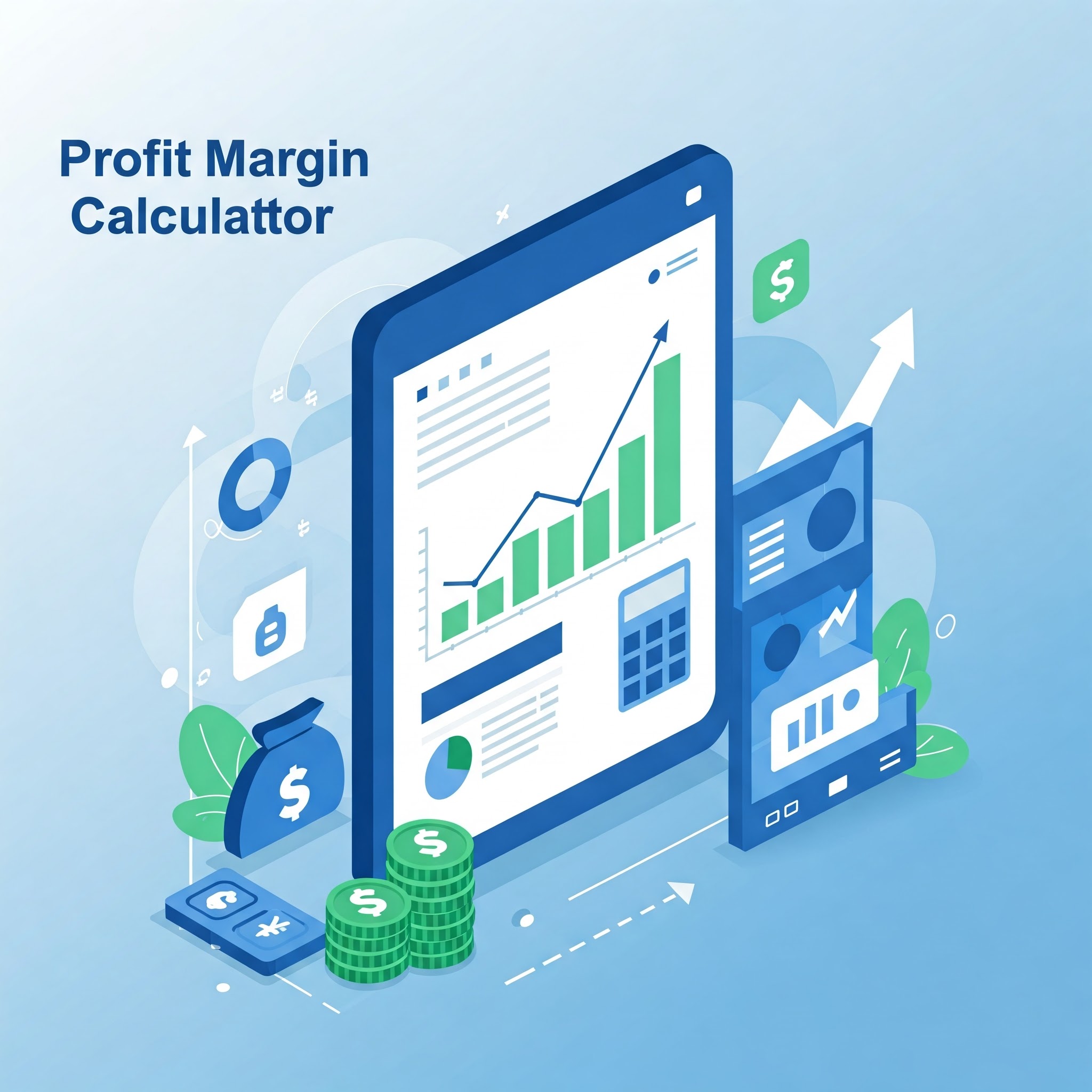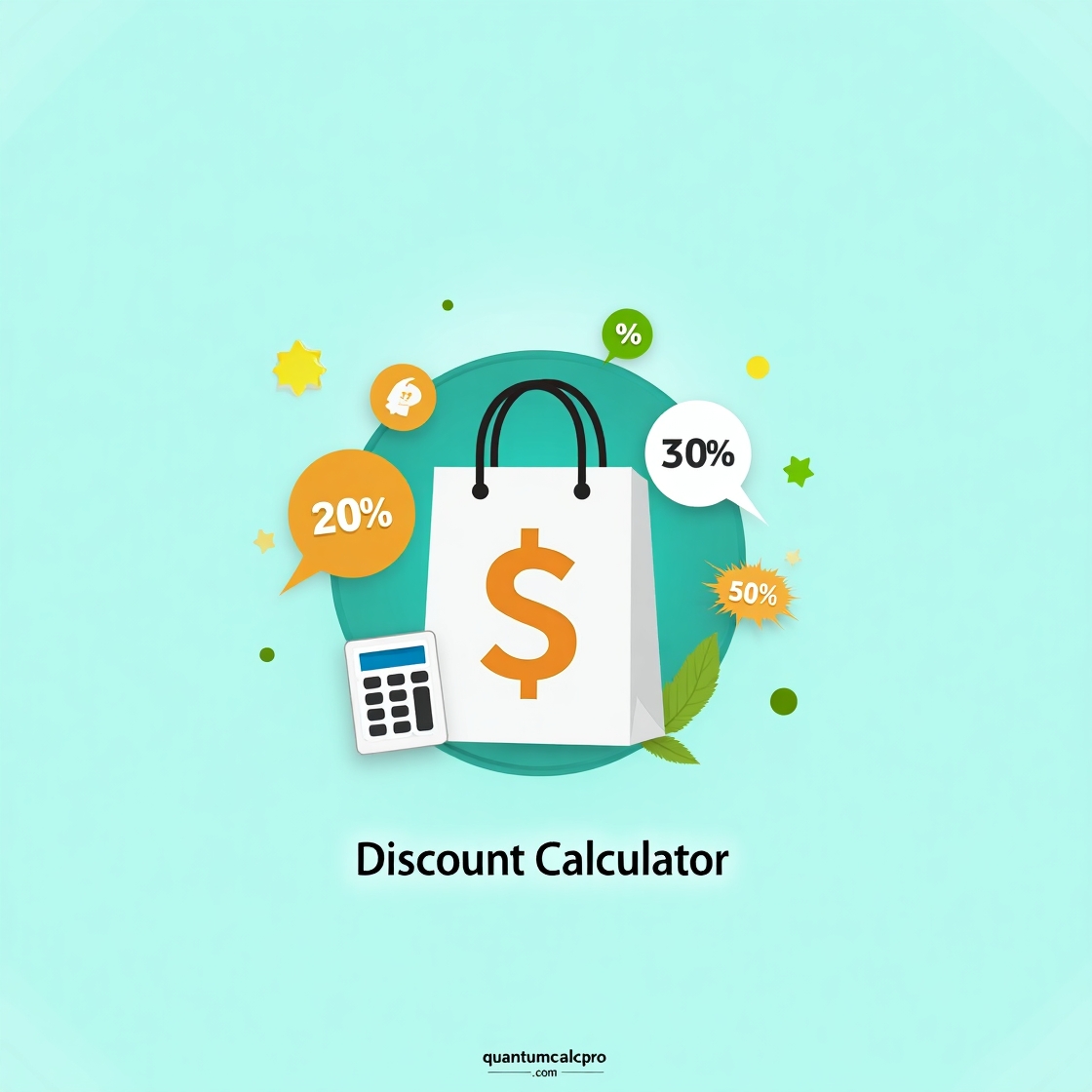VAT Calculator
Calculate Value Added Tax (VAT) for any amount. Add or remove VAT with precision for all your business transactions.
VAT Calculator
Results
Enter your values and click "Calculate" to see results
VAT Calculation Formulas
Adding VAT
VAT Amount = Net Amount × (VAT Rate ÷ 100)
Gross Amount = Net Amount + VAT Amount
When adding VAT, we calculate the VAT amount based on the net amount (price before tax), then add it to get the gross amount (final price including tax).
Removing VAT
Net Amount = Gross Amount ÷ (1 + (VAT Rate ÷ 100))
VAT Amount = Gross Amount - Net Amount
When removing VAT, we calculate the net amount (price without tax) from the gross amount (price including tax), then determine the VAT amount by finding the difference.
How to Use This Calculator
Choose Calculation Type
Select whether you want to add VAT to a net amount or remove VAT from a gross amount.
Enter Amount
Input the net or gross amount depending on your calculation type.
Set VAT Rate
Enter the VAT rate percentage or select a country's standard rate from the dropdown.
View Results
See the calculated VAT amount, net amount, and gross amount.
Understanding Value Added Tax (VAT)
What is VAT?
Value Added Tax (VAT) is a consumption tax placed on a product whenever value is added at each stage of the supply chain, from production to the point of sale. The amount of VAT that the user pays is on the cost of the product, less any of the costs of materials used in the product that have already been taxed.
Unlike a simple sales tax, VAT is collected by all sellers in each stage of the supply chain. VAT is commonly expressed as a percentage of the total cost.
How VAT Works
VAT works by taxing the value added at each stage of production. Each business in the production chain pays VAT on their purchases (input VAT) and collects VAT on their sales (output VAT), then pays the difference to the tax authority.
Example: A manufacturer buys raw materials for $100 + $20 VAT, creates a product and sells it to a retailer for $200 + $40 VAT. The manufacturer pays $20 VAT on inputs and collects $40 VAT on outputs, so pays the tax authority $20 ($40 - $20).
VAT vs. Sales Tax
While both VAT and sales tax are consumption taxes, they differ in how they're collected. Sales tax is collected only at the final point of purchase, while VAT is collected at each stage of the production process.
Key Difference: Sales tax can be evaded if the final sale isn't reported, while VAT is more resistant to evasion because it's collected throughout the supply chain.
VAT Rates Around the World
Most countries have multiple VAT rates. Standard rates apply to most goods and services, while reduced rates apply to necessities like food, medicine, children's clothing, etc. Some essential items may be exempt or zero-rated.
VAT for Businesses
For businesses, understanding VAT is crucial for proper accounting, compliance, and cash flow management.
VAT Registration
Most countries require businesses to register for VAT once their turnover exceeds a certain threshold. In the UK, for example, the threshold is £85,000.
VAT Returns
Registered businesses must file regular VAT returns, usually quarterly, detailing VAT collected on sales and paid on purchases.
VAT Recovery
Businesses can generally recover VAT paid on goods and services used for business purposes, reducing their overall tax burden.
Frequently Asked Questions
Related Calculators
Explore All Calculator Categories
Discover our comprehensive collection of calculators designed to help you with various aspects of your financial and business decisions.
View All Calculators

